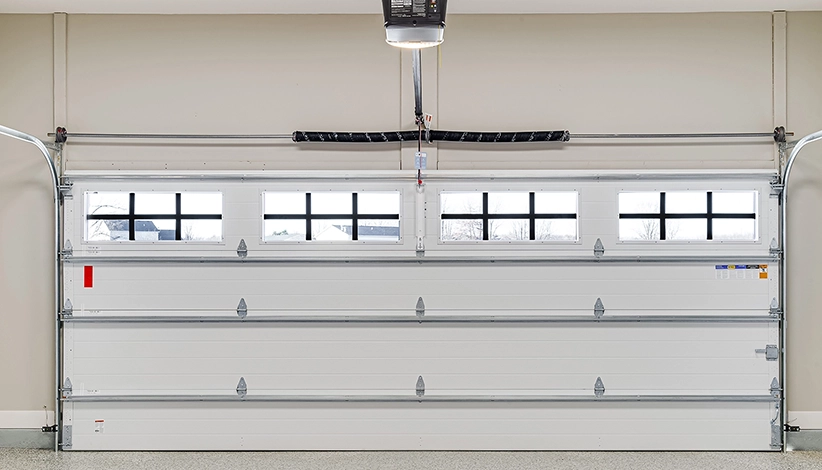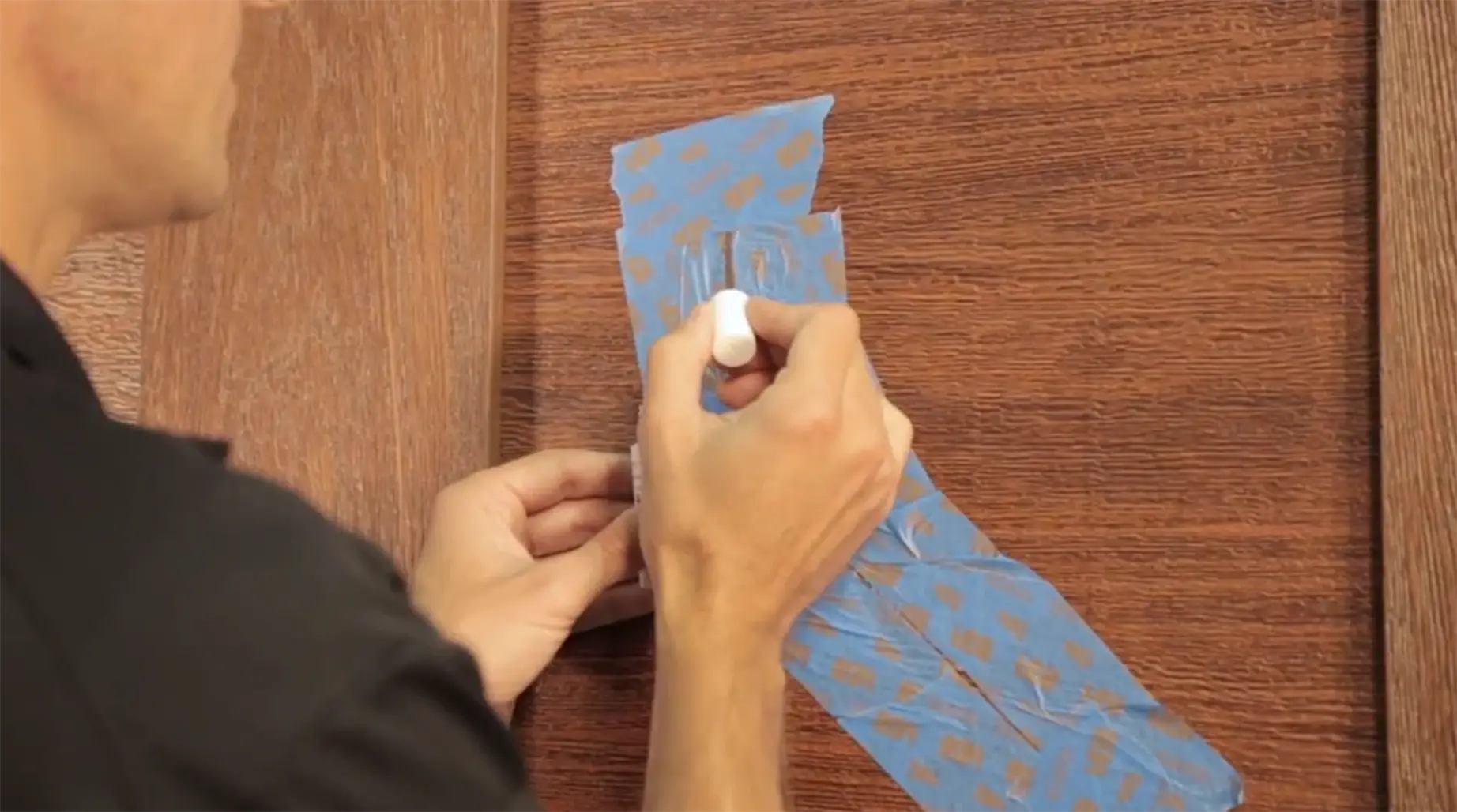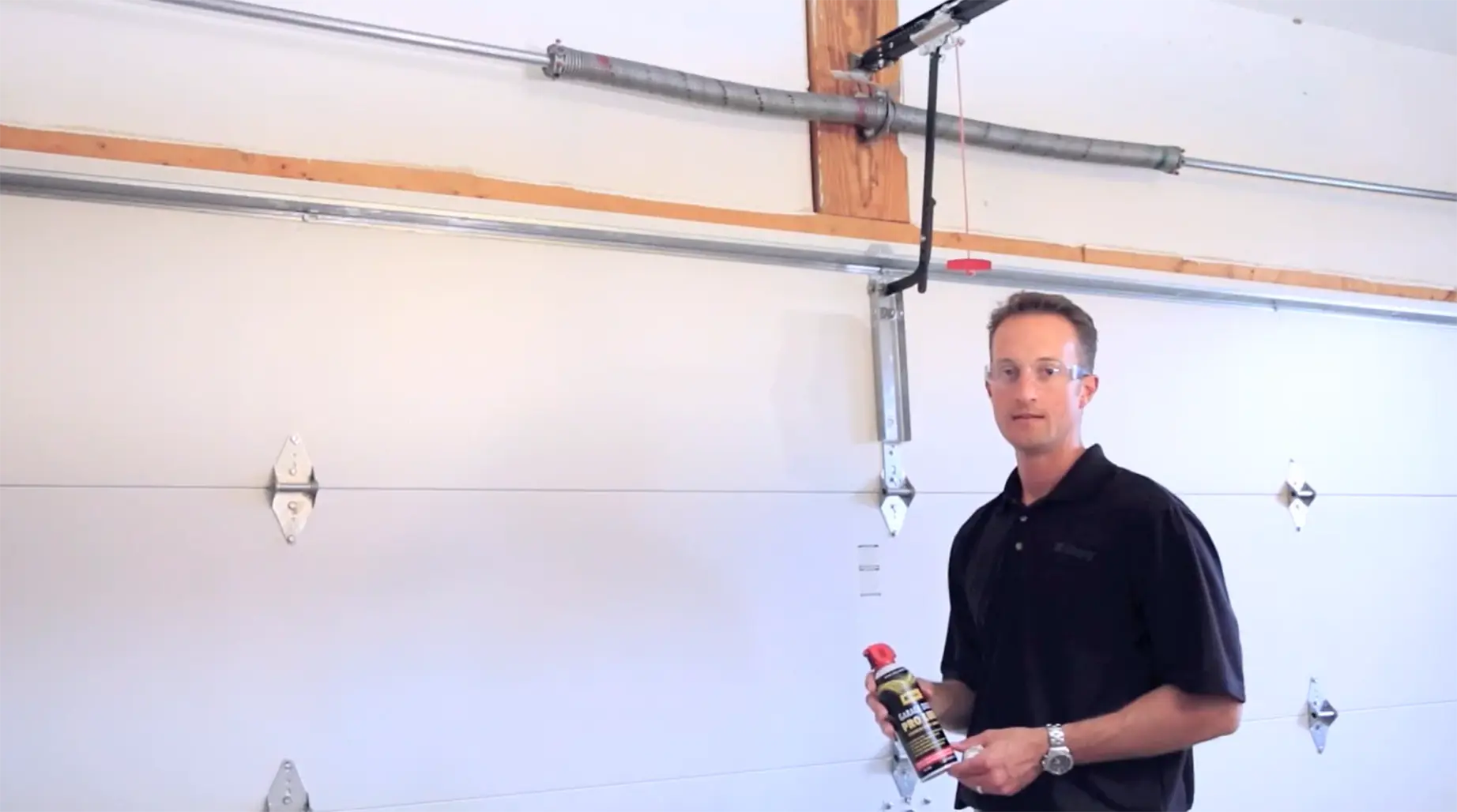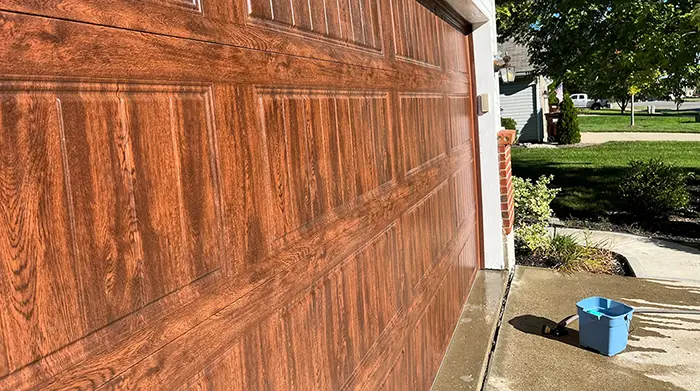How to Touch Up Canyon Ridge Garage Door
Do you have damage to the overlays on your Canyon Ridge garage door? Watch this video to learn how to repair.



A malfunctioning garage door can be frustrating and disruptive to your daily routine. Whether it won't open, close, or stops working altogether, understanding common issues is key to quick and effective troubleshooting. Faulty springs, misaligned sensors, and worn-out rollers are frequent culprits and may stem from improper installation or lack of regular maintenance. And even though Clopay designs high-quality, durable garage doors, any door is susceptible to problems over time. This guide aims to give you the knowledge to identify and potentially fix common problems and get your garage door back in working order. Keep in mind while some issues are DIY-friendly, others may require professional help for safety reasons. Always prioritize caution when dealing with a failing garage door. This troubleshooting guide is limited to Clopay products, and is not for use with the products of any other manufacturer. This troubleshooting guide is subject to the Terms of Use.
A noisy garage door can be an annoyance. No one wants to hear squeaks, screeches, and clunks as it opens and closes, especially for attached garages. So, why does your garage door make so much noise?
Often, noise stems from worn or loose parts. Rollers, hinges, and springs bear the weight and motion of the door, and over time, these components can wear down, causing friction that results in noise. Lack of lubrication makes the noise issue worse, as moving parts grind against each other. Also, a misaligned track can put unnecessary stress on the system, leading to clattering sounds.
Fortunately, reducing garage door noise is often a DIY-friendly task. Regularly lubricating moving parts is essential. Clopay recommends using a silicone-based lubricant, as it won't attract dirt and dust like petroleum-based alternatives. Apply lubricant to rollers, hinges, and springs but avoid the track itself. Be sure to tighten any loose screws or bolts.
Inspect rollers for wear. If the noise persists after lubricating and inspecting parts, it may indicate a more complex issue with the spring system or alignment. In these cases, consulting a professional is recommended to avoid further damage or safety risks.
Remember, regular maintenance is key to a smoothly and quietly operating garage door. By keeping your door well-lubricated and performing periodic inspections, you can minimize noise and extend the lifespan of your system.
A stuck garage door is more than just an inconvenience – it can leave your vehicle stranded and compromise the security of your home if the door is stuck open. There are several reasons a garage door may refuse to budge:
If you find yourself facing a stuck garage door, check for obvious obstructions. Look along the floor of the garage and the path of the tracks for any debris. Next, inspect the tracks themselves to make sure they're securely fastened to the wall and that they're aligned. If the tracks are loose, tighten the screws. If they're out of alignment, you may need to call a professional for adjustment.
Check your garage door openers limit switches. If the door is hitting the ground before the opener thinks it should, it can cause the door to stick. Try adjusting the limits to see if that resolves the issue. If the door still won't budge, the problem may lie with the spring system or opener motor. In these cases, it's recommended to consult a professional garage door technician. They can assess the situation and provide the necessary repairs to get your door moving smoothly again.
Broken or cracked window glass in your garage door is not only a cosmetic issue, but it can impact the energy efficiency of your home. Fortunately, replacing garage door window glass is a practical DIY project with the right tools and precautions.
Tools and Materials Needed to Replace Garage Door Window Glass:
Before you begin, make sure you’ve purchased replacement glass that matches the specifications of your garage door's original panels. Clopay offers various glass options, from standard to insulated and frosted options. Be sure to select replacement glass that aligns with your door's design.
How to Replace Garage Door Window Glass
Remember to handle glass with care and consider enlisting a second person to assist. If you're uncomfortable with heights or the replacement process, consider consulting a professional for the job.
If you’ve misplaced your garage door owner's manual don't worry, it's easier than you think to get your hands on another copy. Having your owner's manual is invaluable for troubleshooting issues, understanding maintenance recommendations, and ensuring you're getting the most from your Clopay garage door.
For digital copies, visit Clopay's support center to find maintenance manuals and product brochures for their garage doors. It outlines the manufacturer's recommended maintenance schedule to keep your door running smoothly and prolong its lifespan. Troubleshooting sections can help you identify and potentially fix common issues.
Don't let a lost manual hinder your ability to properly care for your Clopay garage door. Take the time to locate a replacement and keep it in an easily accessible location for future reference.
Understanding your garage door warranty is important for knowing what protections you have in place. Clopay, like many manufacturers, offers warranties on their products. These typically cover defects in materials and workmanship for a set number of years. Some components, like the finish, may have a shorter warranty period. To determine if an issue is covered, refer to your warranty document or Clopay's website. If you believe you have a warranty claim, contact Clopay's customer service (via call, chat, or email). They'll guide you through the process and can authorize service from a certified technician if needed.
Sometimes, garage door issues require the expertise of a professional. To find a qualified technician, you can get a personal reference from family or friends, check online directories and review sites, and look for companies certified by the Institute of Door Dealer Education and Accreditation (IDEA) or International Door Association (IDA). If you have a Clopay door, ask if they have experience with Clopay products or find an authorized Clopay dealer near you. A reputable service provider will offer free estimates, have licensed technicians, and provide warranties on their work.
By following the troubleshooting steps outlined, you'll be better equipped to handle common garage door issues. Remember, regular maintenance is key to preventing problems. Clopay provides resources to support you in keeping your door running smoothly. Don't hesitate to reach out to them or seek professional help when needed. Stay proactive, and your Clopay garage door will provide years of reliable service.
Browse our videos below for tips to keep your garage door running safely and smoothly

Do you have damage to the overlays on your Canyon Ridge garage door? Watch this video to learn how to repair.


Learn how to repair a scratch on your Ultra-Grain garage door.


Learn how to manually open your garage door if your power goes out, or if your opener just is not working.


Is your garage door loud when you open and close it? Learn how to have a quieter door.


Is your garage door looking dingy? Watch the video below to learn how you can easily make it shine!

